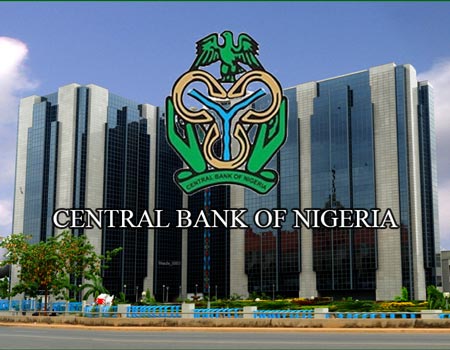The Central Bank of Nigeria may have further devalued the official exchange rate of Naira from N360 to N380 by instructing bidders at its Secondary Market Intervention Sales (SMIS) to increase their bidding price to N380/$1 floor.
The SMIS is the market where importers bid for forex using Letters of Credit and Form M.
According to our sources, the central bank informed banks that they will only accept bids from N380/$1 and above and no longer will N360 /$1 meaning those who bid lower not get any forex allocation.
Transaction success in this market is based on bids with those who bid higher than the floor as they are often in an advantageous position to secure forex.
This is essentially a huge attempt at unifying the naira and another adjustment of the exchange rate by the CBN. Recall the CBN Governor had informed investors that the bank will be unifying the exchange rate towards what is being traded at the NAFEX market where investors and exporters trade forex.
The SMIS window was created by CBN for importers to ease the pressure faced by businesses in the foreign exchange market through sales of foreign currency to authorized dealers (wholesale) or to end users through Authorized dealers. Businesses usually conduct their bid for forex at the SMIS window every two fortnight.
Currently, rates are set at a floor of N360/$1 and a ceiling of N385/$1. Thus bidders are expected to bid within that range. The higher the bid the better your chances at getting forex. It is unclear if there were any buyers that bid above N360 as we gather most of the importers were not informed of the changes in prices until today.
In February, the CBN has injected $218.41 million into the inter-bank retail Secondary Market Intervention Sales (SMIS). The dollar sold at the time meant for only agricultural and raw materials sectors, is in continuation of its intervention in the inter-bank foreign exchange market. In May, the central bank surprised the market by injecting estimated $90-$100million to the system.

 Football7 days ago
Football7 days ago
 Health & Fitness23 hours ago
Health & Fitness23 hours ago
 Aviation1 week ago
Aviation1 week ago
 Featured5 days ago
Featured5 days ago
 Education6 days ago
Education6 days ago
 Comments and Issues7 days ago
Comments and Issues7 days ago
 Business6 days ago
Business6 days ago
 Education1 week ago
Education1 week ago

